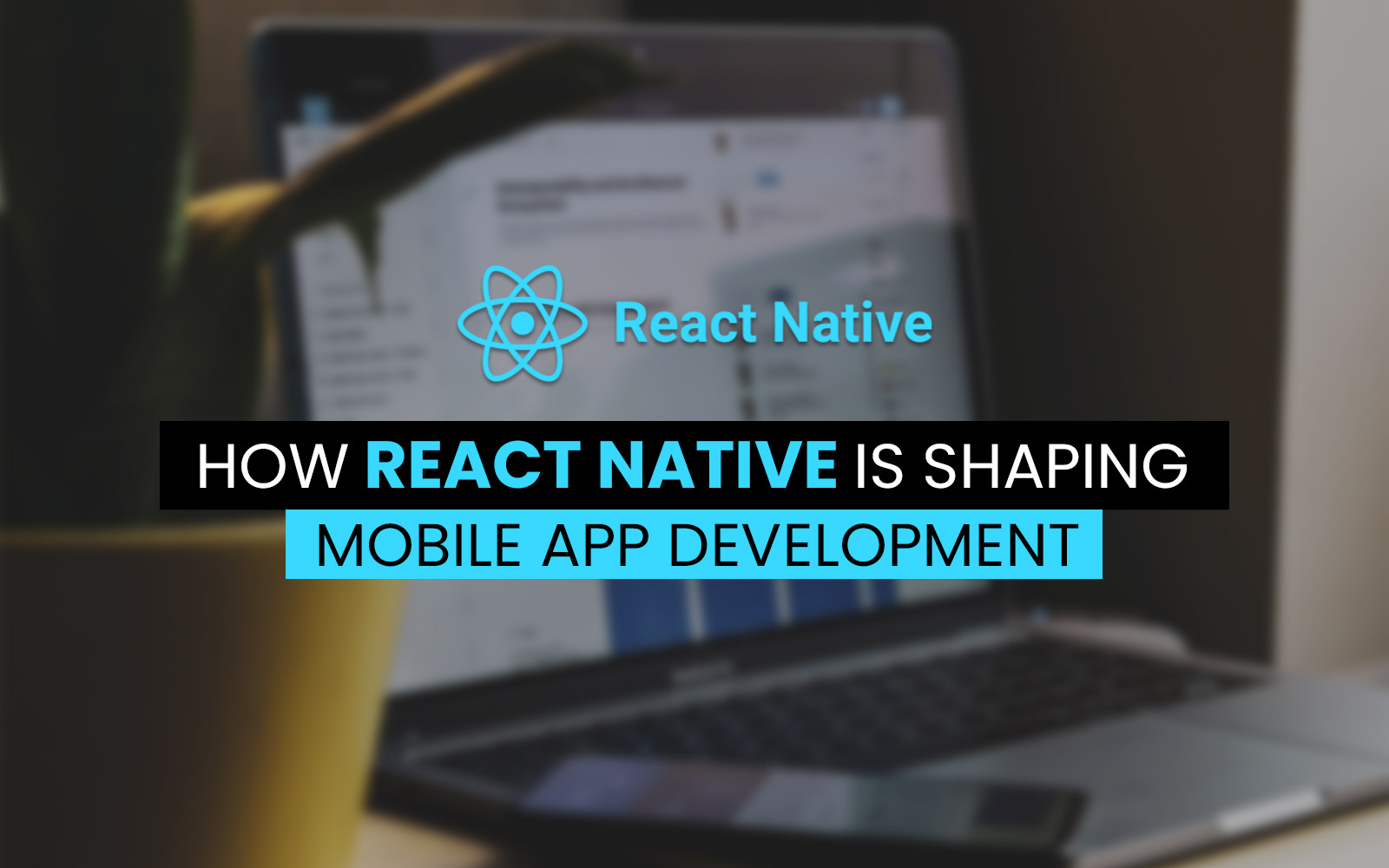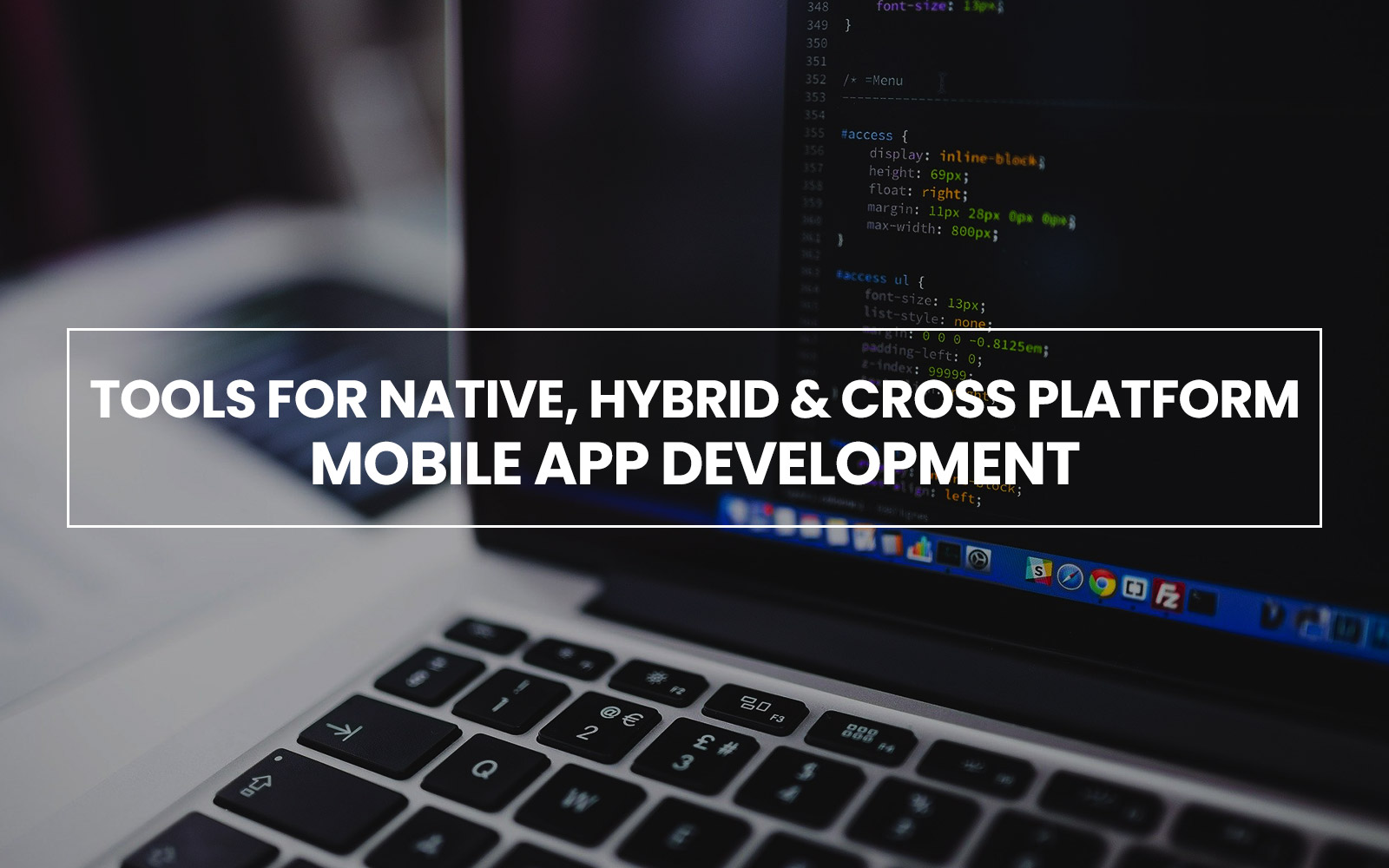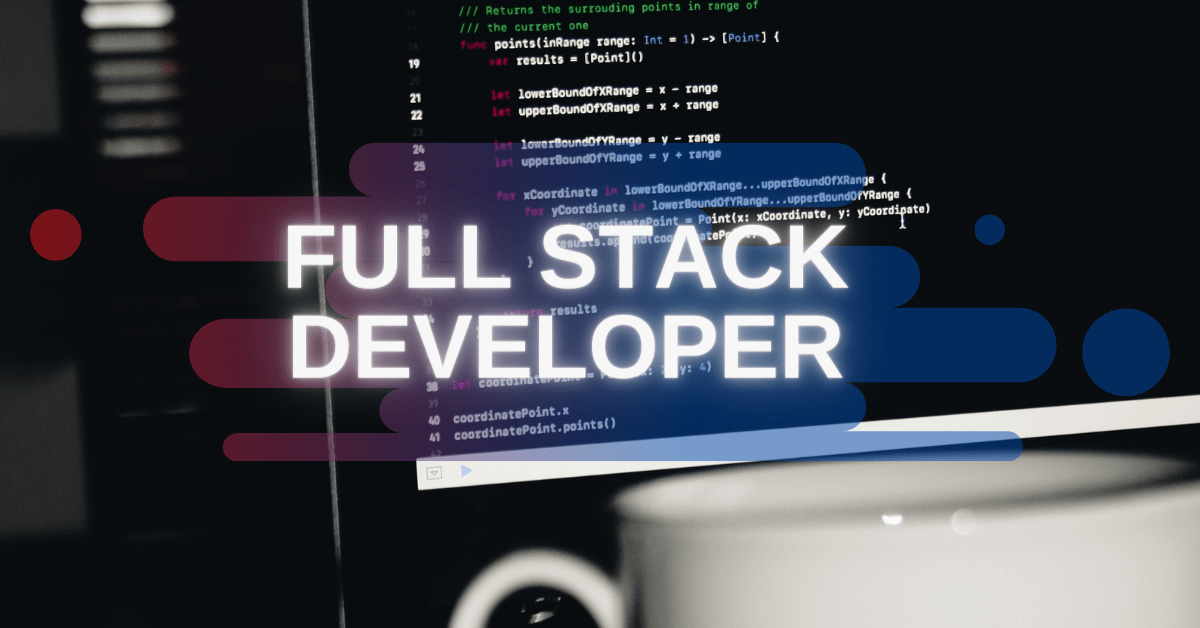As the market grows, mobile app development is becoming tougher day by day. And in this tough competition, developers have to come up with influential…
Thinking about creating a CMS-based mobile app for your business? Creating a mobile app requires attention to detail for every aspect, however, choosing the best CMS for your app is the most critical task.
Well, here’s a tip – don’t choose a CMS solely built for mobile apps. Why?
Because your business requires a more flexible and efficient CMS solution that can work across devices. Something that can help boost collaboration among your business at every stage and can fit neatly into the architecture as well.
But is having a mobile app really necessary for your business? Well, here are a few stats:
- As per Statcounter, mobile accounts for 55.55% of the market share whereas desktop accounts for 41.61%.
- Also, as per Statista, worldwide traffic from mobile is hovering over 50% since 2017.
- As per Clutch, over 42% of small businesses own a mobile app and 30% are planning to build one soon.
Seeing all these stats, it becomes needless for us to say that apps govern how you present your brand through small screens of mobile. And CMS platform is a way to do that. So, how does one choose the best CMS for developing a mobile app for their brand?
How to Choose the Best CMS for Your Mobile App?
Choosing a CMS platform to build your mobile app can make or break your brand. Selecting the right CMS will help you seamlessly create, manage, and distribute content on the app. You don’t need a CMS built solely for mobile apps because the best CMSs can manage content across devices such as mobile, desktop, IoT, wearable, or any other. Though here are few tips on choosing a CMS for mobiles.
1. Look for a Hybrid CMS:
A hybrid CMS is a combination of traditional and headless CMS. It is also called a decoupled CMS and perfectly combines the API-driven approach of headless and front-end elements of a traditional CMS. Hybrid CMS provides the best features of both the CMSs. However, they are in contrast with the traditional CMS approach wherein the front- and back-end are fused together which restricts publishers what and where to publish content.
Going for hybrid CMS might not be right for those who create the same content over and over for the same channel. A traditional coupled CMS is more than enough and will be a cheaper option than a headless one.
However, the world is becoming increasingly omnichannel where in-store purchases are driven by promotion on mobile and online research drives more purchases. A hybrid CMS will give you the ability to provide a consistent user experience to drive sales and boost customer loyalty.
A headless provides the freedom to developers to create layers of their own in the front-end. This freedom helps in lowering costs, gives wider choices, and spend less time and money for maintenance. Also, it provides complete control over how you can display content to a gamut of diverse customers.
2. Choose CMS that Fits Perfectly into Microservice Architecture:
Many companies strive for microservices architecture – a cloud-based technology that disassembles monoliths into independent services that are developed, deployed and maintained separately. Whether it is a payment gateway, inventory management, mobile app, or any other service all are connected via API and must fit perfectly into your system.
Here are reasons why microservices beat monolithic architecture:
- Each service can be broken down into its components and can be deployed/redeployed separately without affecting the integrity of a system.
- In monolithic, no one can comprehend the full architecture of service whereas, in microservices, developers can understand each service’s architecture making them more manageable.
- Microservices can effectively contain bugs and breaches thanks to better fault detection and security.
- They are more flexible and agile to upgrade and modify.
- Microservices are inherently scalable and can be scaled up or down independently.
3. Choose CMS with Content Reusability:
The CMS you choose must promote content reusability. Content reusability means using existing chunks of content multiple times to create new content. Doing so has many benefits as listed below:
- Content reusability lowers the creation, review, and maintenance costs for content. The marketing teams must concentrate on creating new content that can be used at a later stage instead of wasting time and resource over duplicating content.
- Once translated and reviewed, content can be used several times saving significant costs of translation and proofing.
- Being consistent in publishing reusable content helps to make your message strong and bolster your brand identity.
- When reusing the content, it is improved and made error-free enhancing the content quality.
So, a CMS for the mobile app must promote content reusability at every stage and serve as a centralized, well-ordered, and accessible repository. This will help creators to reuse pieces from archives and integrate them into other content pieces to create something new.
4. Choose a Framework-agnostic CMS:
Today, developers have many different choices of frameworks for mobile app development. Each framework comes with its own strengths and weaknesses and also has its preachers in the development community. Frameworks like React Native, Flutter, Ionic, Xamarin, and others are the most popular frameworks among mobile app developers.
A CMS must be framework-agnostic and not limited to certain apps built using the specific framework. So, it is an important thing to consider when choosing a CMS for your mobile app development and the only way to be future-proof.
5. Select Device-Agnostic CMS:
Brands must choose tech-agnostic as well as device-agnostic CMS for their mobile app. A device-agnostic means CMSs that work just as fine on small wearable screens as they on big television screens. Well, it sounds good in theory, however, developers build their apps for a specific operating system. The problem with this is an app build for Android does not work for iPhone users.
It is an inefficient method because it leaves out a large chunk of the audience. But apps built on frameworks like React Native, Flutter, Ionic, and others mentioned above support both iOS and Android. Those apps will be a great example for content reusability and efficiency. For all that to happen, you must have chosen the device-agnostic CMS.
6. Choose CMS that can Manage Content Workflow Intelligently:
The content workflow consists of the content request to delivery and other stages in between such as sourced, created, reviewed, and approved. Whether it is simple or complex, your workflow must be neatly defined within the CMS you choose. This will ensure a great level of efficiency and collaboration. If the content is delayed or delivered late frequently, then the content workflow is to be blamed.
CMS for mobile apps must streamline the content flow from planning to creating, revising, optimizing, reporting, publishing, editing, etc. Your content workflow must be broken into manageable and actionable parts. It should have a roadmap to make sure all are on the same page.
To make the process more smooth, approval must be provided effectively immediately without the need for back and forth endless emails. Also, it must have clear roles and responsibilities of team members.
7. Select a Scalable CMS:
Suppose your app suddenly experiences traffic spikes or your company expands or contracts all affect the mobile app and CMS behind it. And to retain the same efficiency in every possible scenario, you need a CMS that easily scales up as per the varying usage patterns. The traditional monolithic CMSs aren’t good at scaling up.
What many do is build redundancy in the system that can manage ebbs and flows which are an integral part of your business and pay for it upfront. A great alternate for the same is cloud-based SaaS and CMSs which excel very well when it comes to scalability requirements.
Here, you can increase or decrease the capacity as and when needed which is based on a pay-as-you-go model. It’s cheaper, agile, flexible, and provides significant resiliency in time sudden spikes. And the best thing about it is you don’t need a dedicated team for maintenance.
Summing Up
All in all, choosing the best CMS platform is not a hard job once you go through the detailed guide presented here. The CMS you choose must have the hybrid capability, fit perfectly into microservice architecture, promote content reusability, must be framework as well as device-agnostic, manage content workflow intelligently, and scale up as and when needed.
Need a mobile app for your business? M-Connect Solution is here to help you. We have diverse experts in Android and iOS app development to build native, hybrid, or cross-platform apps with high-end features and performance. Contact us to kickstart your project right now.
About Hemant Parmar
Hemant Parmar is an eCommerce expert and a keen Magento consultant who specializes in meeting the needs of businesses in the e-commerce space. Years in the eCommerce market make him a perfect choice for sharing his expertise on eCommerce and Magento 2 development. He believes that customers need to be met no matter how challenging it might be.
Read More




